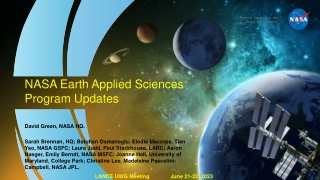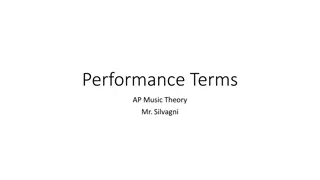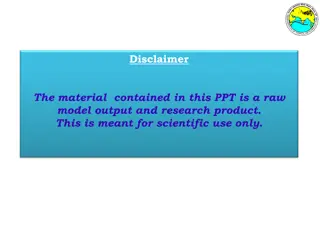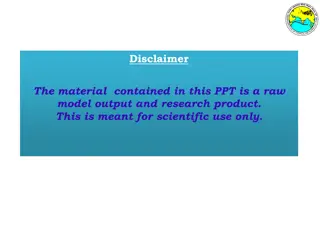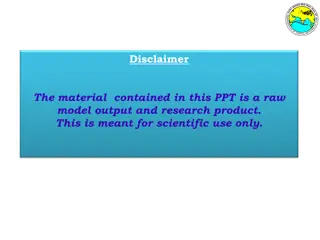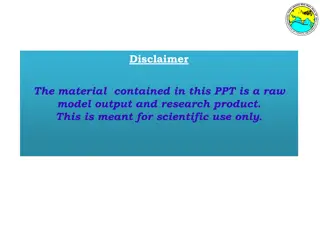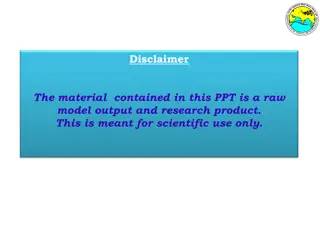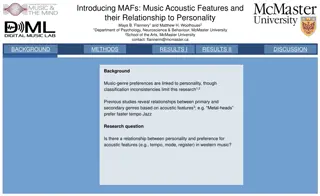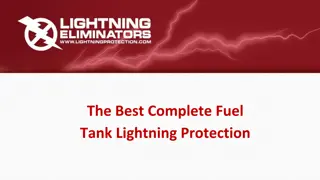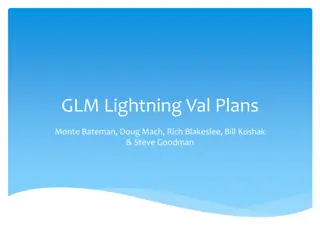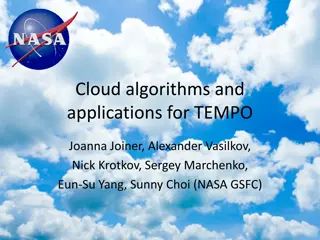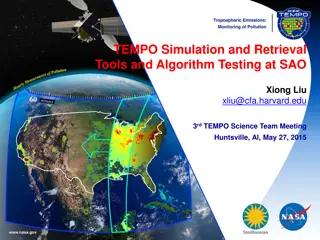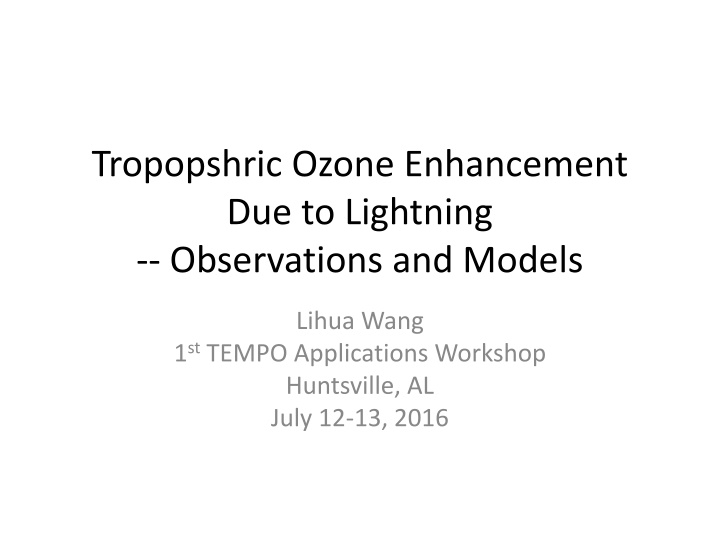
Lightning-Induced Ozone Enhancement in the Troposphere
Lightning is a significant source of NOx in the middle and upper troposphere, impacting tropospheric chemistry and ozone levels. This study examines the effects of lightning on ozone concentration through observations and models, highlighting the uncertainties in quantifying this influence. Case studies and data from various models and simulations provide insights into the role of lightning in tropospheric ozone dynamics.
Uploaded on | 0 Views
Download Presentation

Please find below an Image/Link to download the presentation.
The content on the website is provided AS IS for your information and personal use only. It may not be sold, licensed, or shared on other websites without obtaining consent from the author. If you encounter any issues during the download, it is possible that the publisher has removed the file from their server.
You are allowed to download the files provided on this website for personal or commercial use, subject to the condition that they are used lawfully. All files are the property of their respective owners.
The content on the website is provided AS IS for your information and personal use only. It may not be sold, licensed, or shared on other websites without obtaining consent from the author.
E N D
Presentation Transcript
Tropopshric Ozone Enhancement Due to Lightning -- Observations and Models Lihua Wang 1stTEMPO Applications Workshop Huntsville, AL July 12-13, 2016
Introduction Lightning is a particularly signifant NOx source in the middle and upper troposphere where it affects tropospheric chemistry and ozone. More than 80% of tropospheric NOx above the eastern United States is produced by lighting, assuming a lightning NOx emission rate of 250 mol per flash (Cooper et al., 2009). Many uncertainties to quantify the influence of lightning on tropospheric ozone concentration. summertime upper
Two case studies 1. July-September 2006 ---- CMAQ model, NLDN CG flashes, Pickering s LNOx profile, OMI NO2 and O3, ozonesondes 2. July 2011 ----WRF/Chem model, NLDN CG flashes, LNOM-simulated LNOx profile, ozonesondes, HYSPLIT back-trajectory
National Lightning Detection Network (NLDN) Figure 1. Lightning contributes 27% of the total NOx emission during Jul. 15 Sept. 7, 2006 (Wang et al., 2013), assuming Detection Efficiency=95%, IC:CG ratio=3:1, and LNOx production rate = 500 moles per flash).
Tropospheric NO2 CMAQ-CNTRL CMAQ-LGT OMI Figure 2. OMI tropospheric NO2 column on July 30, 2006 (left) and tropospheric NO2 at 19:00 UTC, July 30, 2006, from two CMAQ simulations: CNTRL (middle) and LGT (right).
Figure 3. Total flash numbers, area-averaged NO2 columns from OMI and two CMAQ runs (CNTRL and LGT) over Michigan region.
Tropospheric O3 column Jul. 30 Aug. 10 Figure 4. Model-predicted tropospheric ozone column at 19:00 GMT of (upper) 30 July 2006 and (bottom) 10 August 2006, compared with OMI tropospheric ozone retrieval. Left: CNTRL; middle: LGT; right: OMI.
Evaluating model-simulated and OMI-measured O3 profiles using ozonesondes Figure 5. Mean normalized bias of model-predicted ozone (CNTRL and LGT runs) and OMI O3, evaluated by ozonesondes at three sites: Kelowna, Egbert, and Huntsville, representing three kinds of lightning influence: not influenced, improved, and significantly improved, respectively. The last panel gives the overall influence at these 18 sites.
Lightning-influenced O3 at IONS06 stations Bratt s Lake Kelowna EgbertParadox Yarmouth Narragansett Beltsville Wallops Island Valparaiso Trinidad Head Boulder Walsingham Socorro Huntsville Table Mountain Holtville Houston Research vessel Ron Brown Figure 6. LNOx influenced O3 at IONS06 stations. Three groups are divided: Not influenced, Improved, and Significantly improved.
TEMPO UV/VIS air quality spectrometer Measurements of O3, NO2, SO2, formaldehyde, and aerosol Over Greater North America, from Mexico City to the Canadian tar sands, from the Atlantic to the Pacific Every daylight hour Geostationary orbit -- enables continuous data collection over this region Identify/quantify lightning-produced NOx and O3 enhancement effectively, by combining with lightning observations (i.e., NLDN)
Summary Lightning-produced NO emissions lead to tropospheric ozone enhancement. Dispersion models (i.e., HYSPLIT) calculate back trajectories for finding out the lightning sources that causes ozone enhancement. This enhancement can be quantitatively estimated by combining measurements of lightning (i.e., NLDN), O3 (i.e., ozonesonde, lidar, satellite) with chemical models such as CMAQ and WRF/Chem. Geostationary TEMPO measures O3, NO2, etc. every daylight hour across Greater North America, which helps to identify and quantify lightning- created NO and O3 enhancement more effectively.


